Opinion: We need to be aware about food insecurity
An EBT sticker sits in the front window of Loyola’s C-Store to indicate that the store accepts SNAP benefits from students that participate in the program. This is one of the methods Loyola is using to combat food insecurity on campus. Photo credit: Maria Paula Marino
April 10, 2021
Even before the pandemic, one in three students at four-year colleges nationwide struggled to afford adequate food while in school. The pandemic has made that situation worse.
But despite compelling evidence that many college students would benefit from help buying groceries, SNAP (also called Food Stamps) has long excluded full-time students from food assistance benefits unless they meet certain qualifications, penalizing otherwise eligible people for pursuing higher education. Because SNAP is our nation’s largest and most effective source of food aid, that’s a big problem.
Thankfully, in January, Congress made it easier for the millions of students across America to use SNAP while they’re in school. This is particularly important now, as record numbers of students struggle to make ends meet. Recent changes boosted SNAP benefits in response to the pandemic, to $234 per month for a single-person household, and $430 per month for a two-person household, with higher benefits for larger households — more help than ever before.
According to new rules for the program, students have easier access to SNAP if they:
1. Are eligible to participate in state or federally financed work study during the regular school year, as determined by the institution of higher education, or
2. Have an expected family contribution (EFC) of zero dollars in the current academic year, as indicated on their student aid report.
But these changes don’t matter unless college students know about them, and unless they know how to access SNAP.
You can find your Expected Family Contribution (EFC) on your Student Aid Report, available at studentaid.gov. If you have questions, contact your school’s financial aid office. You also have easier access to SNAP if you are eligible for work study—even if you don’t currently have a work study position. You can contact your financial aid office to confirm your eligibility for work study.
In Louisiana, you can apply for SNAP online, at www.dcfs.louisiana.gov/cafe and by mailing or faxing an application to the Department of Children and Family Services. You can learn more at www.dcfs.louisiana.gov/snap-how-to-apply.
In Louisiana, you can apply for SNAP online on the Department of Children and Family Services website or by mailing or faxing an application to the department.
College administrators and student groups have critical roles to play in getting the word out about SNAP access. Financial aid offices can reach out to students who might be eligible for SNAP based on information in their files. Student groups can spread the word about SNAP to their peers.
In the future, Louisiana can also join the growing list of states that streamline SNAP access for students through hunger-free campus legislation.
In the meantime, it’s critical that campuses help students now. Hunger can’t wait.


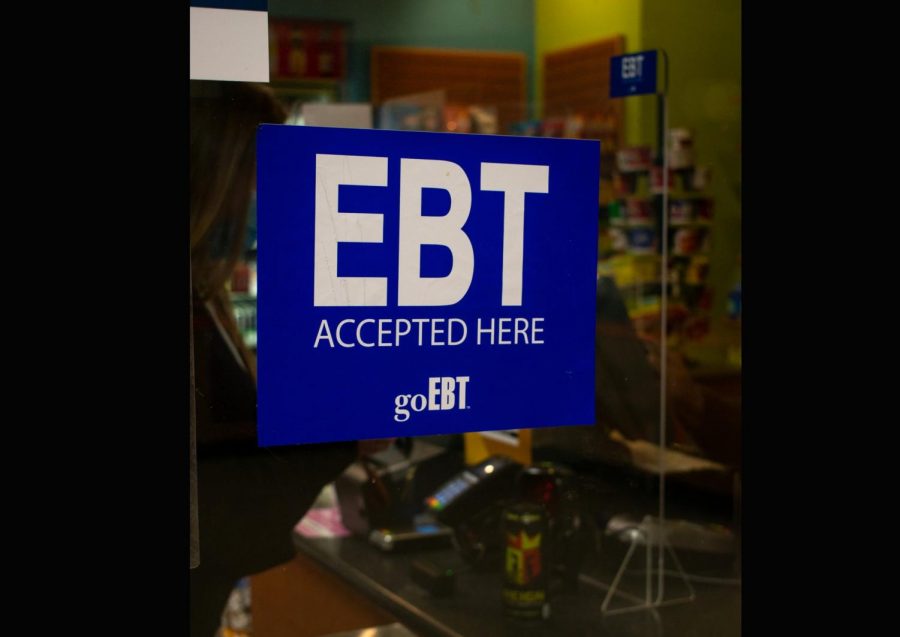







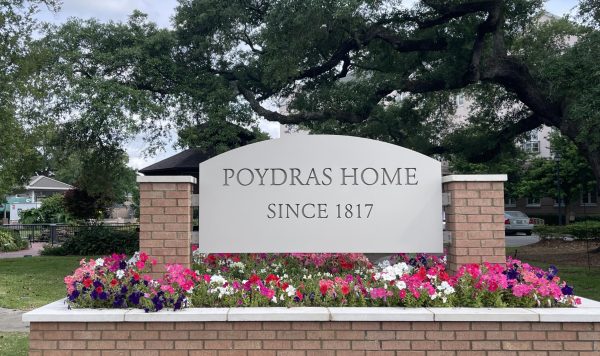


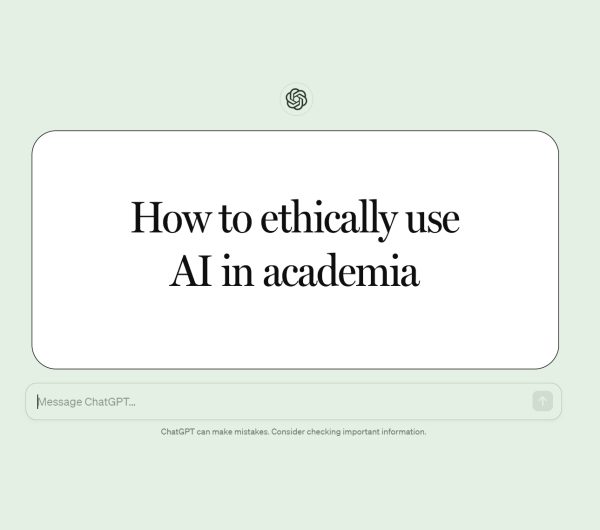
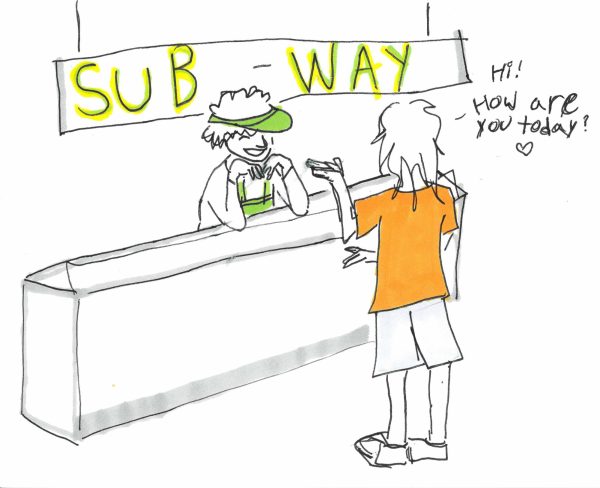


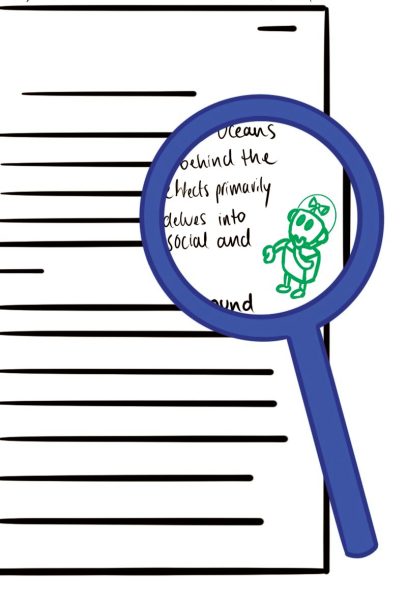
Catherine Heitman • Apr 11, 2021 at 8:24 am
This is a good column. We appreciate your spreading the word about the new SNAP opportunities for students. The best link for more SNAP information, tips, how-to videos, links, etc. is http://www.DCFS.la.gov/getsnap. I would recommend it to students and everyone.
Marty Young • Apr 10, 2021 at 10:44 pm
If you are asking me what I think I can tell you if everything is on the up and up I believe that it would be a great thing for the government to do and it would be good for the people and the government to do if they have the money to do this.? Think about this I believe it would benefit everybody the government would regain their money.so to me that would be better then some of the thingss that people and our government has come up with in the pass. Like giving our money to 3th world country’s but if it is for food and medicine help them out.but you no I believe that our God and peoples Highr power would not want any body that is here on this earth but I have already heard people do with out food and medicine right now all the time. I think that is one of the things that men with the power in this world can do something about it and they don’t do a thing I feel like I really would not want to have people to no that on me because people do talk and they will tell who you are and how sorry that really would be and that is what you would be remembering about me in History for along time and my family would be real proud of you think about that one. So if you have the power to do something I really believe that you should get it done and people should work together all over this world because we are only here for just a little while